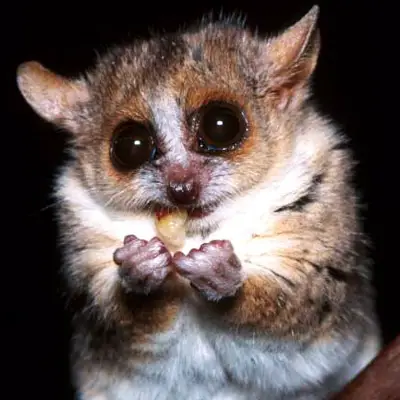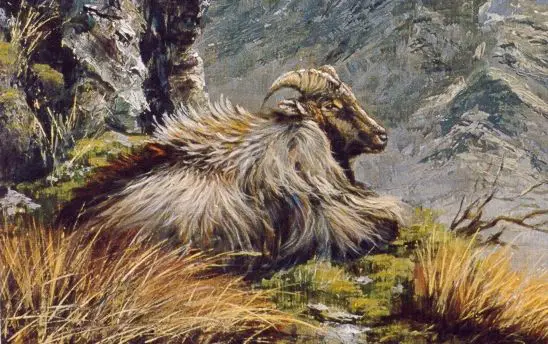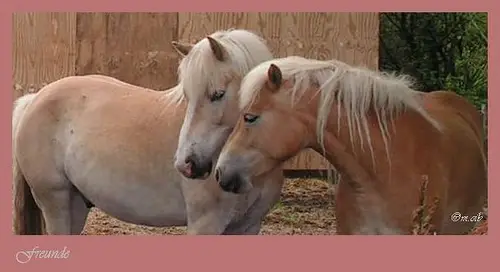Gray Mouse Lemur
The Gray Mouse Lemur is a small lemur that is only found in Madagascar. It was first described by John Frederick Miller in 1777. Although it only weighs a mere 58 to 67 grams, it is the largest mouse lemur in the world. However, it also belongs to the genus Microcebus which includes the world’s smallest primates.
This species was named for its almost mouse-like size and its color. If a regular person was looking at the Gray Mouse Lemur, they would have difficulty distinguishing this lemur from all the other lemurs. They are therefore considered a ‘cryptic species’. As a result, only th Gray Mouse Lemur was considered the only mouse lemur for several decades until recent research discovered that there was actually a difference between them all.
Like other mouse lemurs, it is a arboreal and nocturnal creature. The Gray Mouse Lemur is rather active. It will forage alone, but groups will form sleeping grounds to share tree holes during the day time. However, during the cool and dry winter months, it will go into hibernation.
The Gray Mouse Lemur can be found in forests in southern and western Madagascar. Its diet includes flowers, nectar, insects, and fruits. Its predators include snakes, owls, and other endemic mammal predators. Sadly, it is an animal highly preyed upon than any other primate, with 1 out of 4 individuals taken by a predator per year. Fortunately, this is counterbalanced by a high reproductive rate.
These animals breed seasonally. Hybridization is prevented with other species that overlap its range due to distinct vocalizations. Gestation only lasts about 2 months, and 2 are usually born at a time. These offspring become independent after 2 months, and will reproduce after a year. Its reproductive lifespan is about 5 years, however Gray Moues Lemurs in captivity have been known to live up to 15 years old.
Gray Mouse Lemur’s are one of Madagascar’s most abundant small native mammals. This is despite natural predators and human destruction such as deforestation and live capture for the pet trade. Unfortunately, climate change may have a negative effect on this species in the long run.





how long it is and what it eats
It is about 25 to 28 cm long.
It eats flowers, nectar, insects, and fruits.
wow small
they need to make an app for this web. pass it on and maybe they will like it too